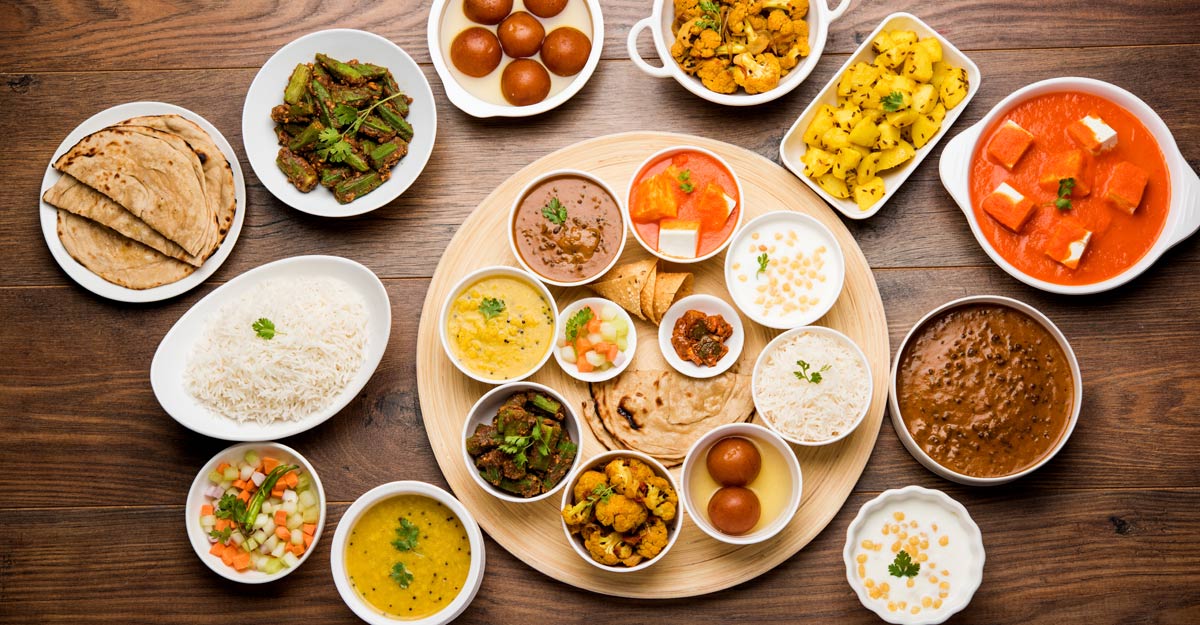The Indian cuisine stands as a vibrant testament to the complexity and richness of flavors that the country has to offer. Unlike many cuisines that might exhibit a certain homogeneity in taste, Indian food boasts an awe-inspiring diversity of flavors that vary significantly from region to region. This culinary diversity is nothing short of a national treasure, reflecting the multitude of cultures, traditions, and influences that have shaped India’s gastronomic landscape.
Rather than speaking of Indian cuisine as a singular entity, it is more accurate to refer to “Indian Cuisines.” This plural form acknowledges the incredible range of tastes and culinary practices found throughout the country. Each region presents its own distinctive culinary identity, a mosaic of flavors that has been nurtured and refined over generations.
One of the most internationally renowned stars of Indian cuisine is the iconic “Tandoori.” With its origins rooted in the Punjab region and particularly Delhi, the Tandoori style of cooking involves marinating meats, fish, or bread in a blend of spiced yogurt before grilling or braising them to perfection. The result is not only a feast for the senses with its vibrant colors and tantalizing aromas, but also a healthier cooking option due to its use of fat-free techniques.
However, it’s the spectrum of curries, with their delightful array of fiery, aromatic sauces, where India’s culinary diversity truly shines. The southern regions of India, in particular, are known for their affinity for vegetarian dishes that spotlight oil-based, intensely spiced sauces. The symphony of flavors in these dishes, enhanced by a myriad of spices, creates a culinary experience that elevates a wide range of ingredients, be it vegetables, rice, or meats. The use of various hot peppers further adds depth to the taste profile, producing dishes that are both distinctively flavorful and intricately nuanced.
Venturing further into the heart of Tamil Nadu, a state where organizations like Humanium are deeply involved, one discovers a trove of simple yet profoundly flavorful dishes known as Dhals. These vegetarian delicacies blend the tanginess of tamarind, the earthiness of lentils, and the complexity of spices in various combinations to yield dishes that are both hearty and satisfying. This exemplifies how even in simplicity, Indian cuisine manages to offer a spectrum of tastes that is nothing short of impressive.
What makes Indian culinary diversity truly remarkable is the constant search for a harmonious symbiosis between a plethora of spices and fragrant herbs. This approach results in dishes that are not only incredibly delectable but also possess surprising medicinal properties. This tradition of using spices not only for flavor but also for their potential health benefits underscores the holistic nature of Indian gastronomy.
Indian cuisine, however, is more than just the sum of its dishes. It is a cultural journey that explores the art of blending flavors, textures, and cooking techniques. It encapsulates India’s history, geography, and people, making it a true representation of the nation’s identity. Whether savoring the smoky char of tandoori dishes, embracing the fiery heat of curries, or reveling in the comforting embrace of dhals, each bite is a celebration of India’s culinary heritage.
In conclusion, Indian cuisine is a dazzling mosaic of flavors that showcases the depth and breadth of the country’s cultural heritage. It defies any attempts at homogeneity, instead embracing a stunning array of tastes that vary remarkably from region to region. This culinary diversity, celebrated through the concept of “Indian Cuisines,” is a testament to the richness of India’s history, geography, and people. It’s a journey through flavors that simultaneously delights the palate and enriches the understanding of this diverse and complex nation.

